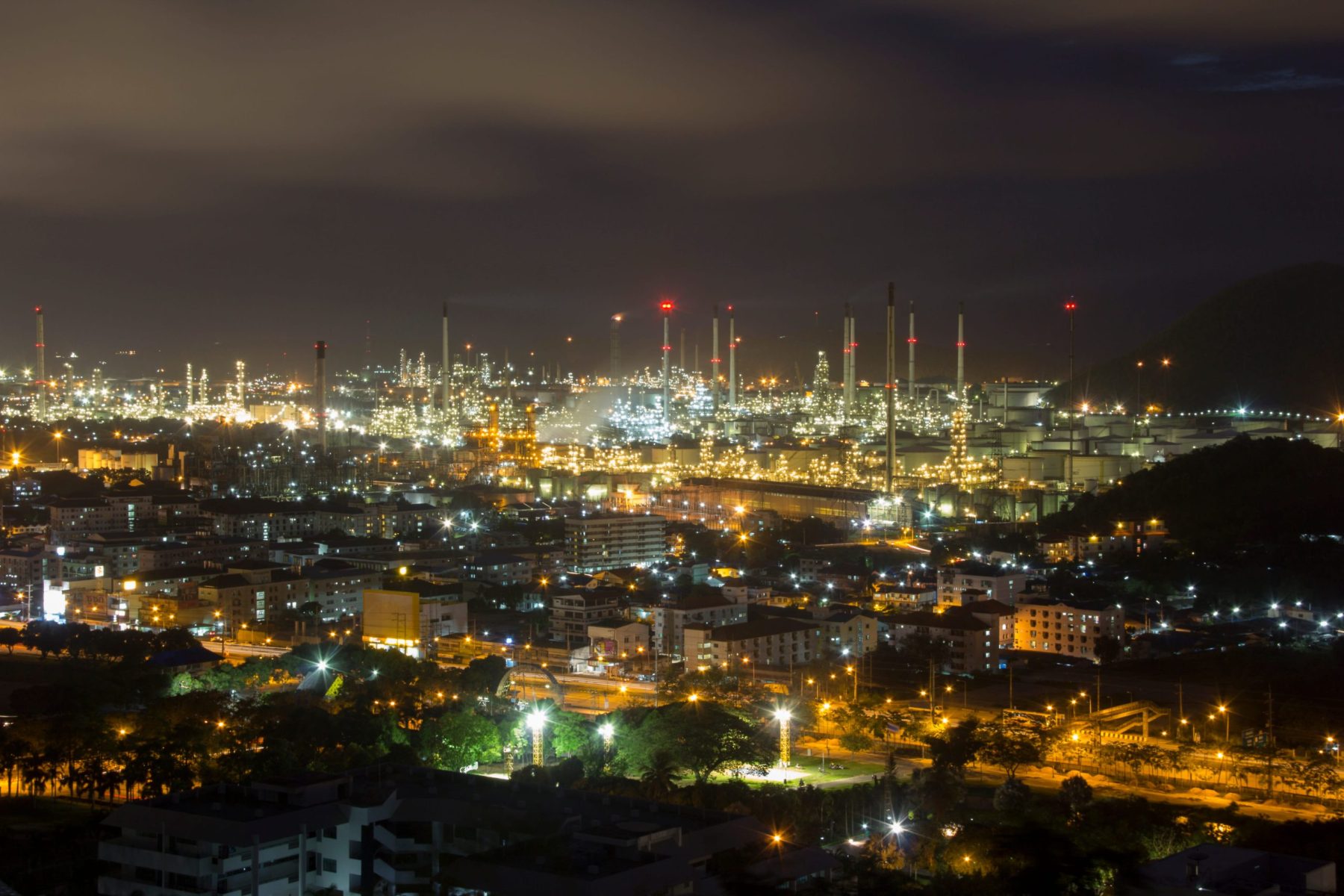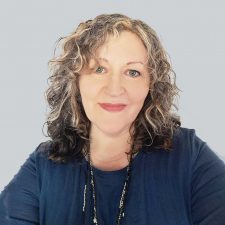It’s never easy to handle nuisance complaints. But some are more challenging than others…
With noise complaints, for example, there are statutory noise nuisance laws that tell councils just how much of a racket must come from premises or on-street vehicles, machinery and equipment to get environmental health practitioners (EHPs) involved. Unfortunately, that’s not the case when it comes to light pollution.
Statutory nuisance laws don’t apply to streetlights or artificial light in places like airports, harbours, railways, trams and bus stations. Plus, the enforcement tools at EHPs’ disposal for everything else, like security lights and billboards, are pretty limited.
In March 2023, the House of Lords Science and Technology Committee reviewed whether existing government policies on noise and light pollution are good enough — gaining support from the Institution of Lighting Professionals, which had one of its managers present evidence on the subject. And now, experts like our very own Ryan Carroll are also getting involved in the discussion…
Ryan leads DFL’s Lighting Impact and Planning team, which provides clients with everything from baseline light-level surveys to comprehensive lighting strategies — whatever it takes to control lighting impact. He’s just shared his thoughts on light pollution in the October edition of the Environmental Health News magazine — here’s an insight into what he said!
Controlling light impact from the get-go
Prevention’s always better than cure, and you can only keep something at bay if you know what’s causing it. So, anyone involved in environmental impact and development planning should brush up on the ins and outs of light pollution — it could save you hassle down the line.
According to Ryan, the three key artificial light at night (ALAN) factors that negatively impact health and well-being are:
- Light spill, which occurs when light ‘spills’ out from the area it’s designed to illuminate into places it shouldn’t.
- Glare — the problem that arises when lights are too bright, which can hurt onlookers’ eyes, impede peoples’ vision and even impact sensitive ecology species.
- Upward light. As the name suggests, this type of pollution is brought on by lights that point upwards — resulting in sky glow.
All this pollution is most common with street lighting schemes, but it can also prove problematic anywhere from car parks and highstreets to cities with skyscrapers and bright, flashing advertisements.
To prevent these issues from occurring, Ryan says nailing the lighting design at the planning stage, choosing the right lighting, fixtures and fittings, installing everything correctly and keeping on top of maintenance requirements are key. Of course, that’s easier said than done, but a good lighting consultant (like DFL!) can help — providing a lighting strategy to mitigate issues before they cause problems.
Don’t worry if it’s too late for prevention, though; Ryan’s got plenty of advice on what to do when a complaint arises.
Tackling obtrusive installations
Although there are no set levels for when light is considered a statutory nuisance, you can use some of the principles of noise nuisance guidance to your advantage.
For example, the sound of someone watching their TV wouldn’t count as a statutory nuisance, but it might if their volume’s all the way up and its 3 AM. It’s the same for lighting! Ryan says a sensor-based security light’s fine if it’s working and fitted properly, but not if it’s directed so that it shines into someone’s living room or bedroom window or flashes on and off all night.
Still, enforcement teams don’t have to rely on just their judgement alone to know what action to take.
You can assess whether lighting should be classed as a nuisance under Section 102 of the Clean Neighbourhoods and Environment Act 2005 and lean on documents like GN01 The Reduction of Obtrusive Light from the Institution of Lighting Professionals for guidance on limits for light pollution (which is considered differently to light nuisance).
Of course, lighting consultants aren’t only handy before the damage is done either — EHPs can count on us to rectify improper lighting installations and settle nuisance complaints if needs be.
At DFL, we’re heavily involved within the ILP and are proud to be premier members, meaning we often participate in light pollution talks and know what it takes to get your site’s lighting impact under control. Plus, our teams have lots of experience working with environmental consultants and tackling really challenging projects where preventing light pollution was a top priority, including Areas of Outstanding Natural Beauty (AONB).
If you’d like our help, all you’ve got to do is call (or email — we’re not fussy!).
Get in touch with one of our lighting consultants at +44 (0)1962 855080 or via info@dfl-uk.com to discuss your requirements today.























